Brand health tracking solution
May 18, 2023
For VND38,250,000 (US$1,500) per month, you can monitor your brand and learn how your hard work
Unlocking pricing insights with a price sensitivity meter
Pricing is a critical element in any business strategy. Set it too high, and you risk alienating potential customers; set it too low, and you may undermine your profitability. Striking the right balance is a challenging task that can make or break a company’s success. One powerful tool that businesses can leverage to determine optimal pricing is the Price Sensitivity Meter (PSM).
Whether you are evaluating a service or product price change or launching a new service or product, you can quickly make the best price point. Cimigo price sensitivity test determines the acceptable price range and the optimal price for your brand.
Developed by Dutch economist Peter van Westendorp in the 1970s, it is a widely respected method for gauging consumer price sensitivity. Cimigo applies this simple price sensitivity meter to determine the acceptable price range and the optimal price for a particular product or service. Start using our price sensitivity solution by clicking here.
In the price sensitivity survey, consumers are asked at which price the brand being tested is:
In this example, the optimal price is 38,500 ₫. The acceptable range is from 29,723 ₫ to 49,080 ₫. Beyond this range, too much demand is lost.
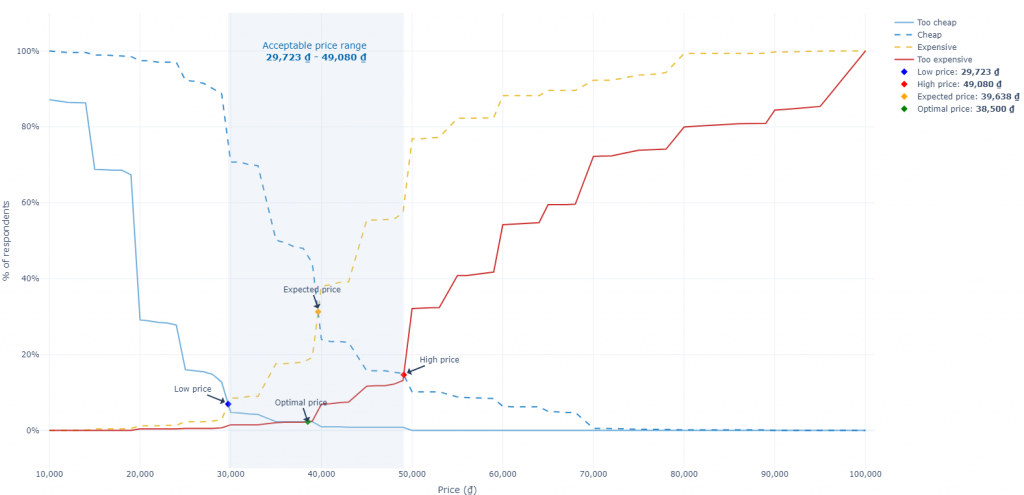
The graph consists of four lines, with each representing one of the four main questions. The x-axis shows the price points, while the y-axis shows the proportion of respondents who chose each price point.
When these lines intersect, four pricing points are formed as below:
Optimal price point: Intersection of “too cheap” and “too expensive” lines, where customers feel that is the best price for them and they are most willing to buy.
Expected price point: Intersection of “cheap” and “expensive” lines, where customers expect that the price should be.
Low price point: Intersection of “too cheap” and “expensive” lines, where the product is perceived to lack quality relative to the price.
High price point: Intersection of “cheap” and “too expensive” lines, where the price outweighs the benefit.
The range between the low price and the high price is the acceptable price range.
If you have questions, please do contact Cimigo at ask@cimigo.com for support.

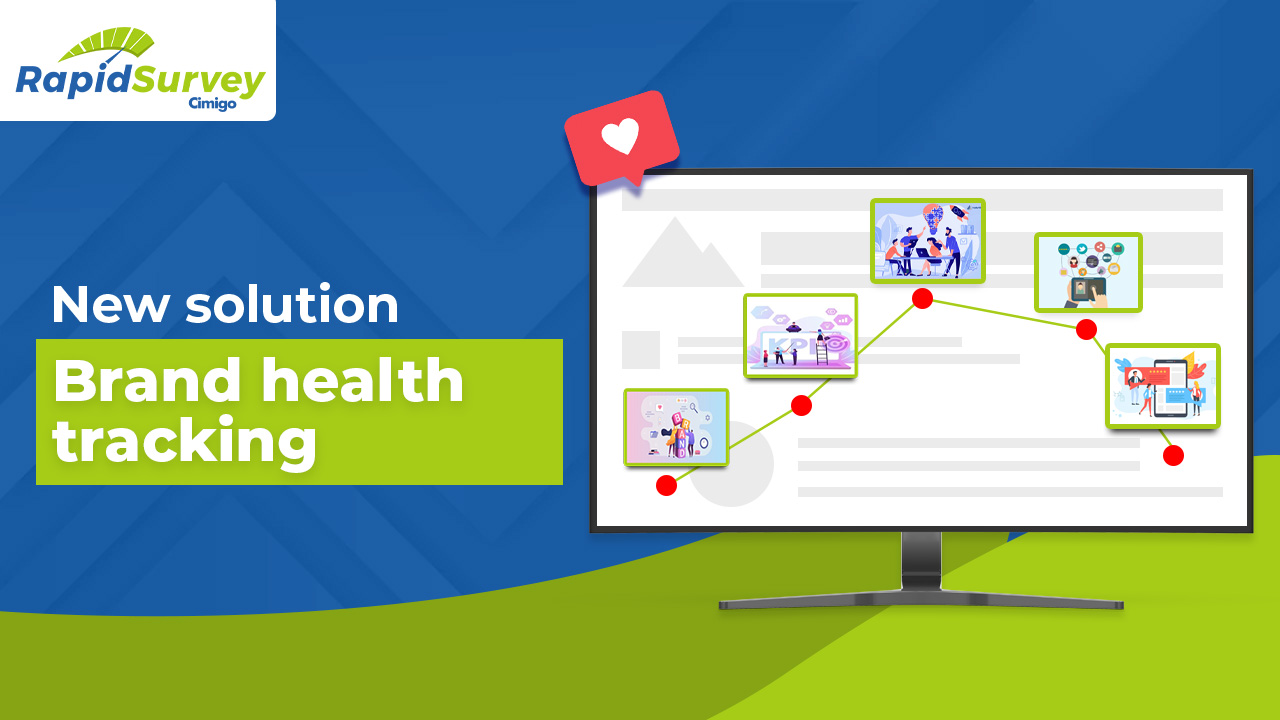
Brand health tracking solution
May 18, 2023
For VND38,250,000 (US$1,500) per month, you can monitor your brand and learn how your hard work
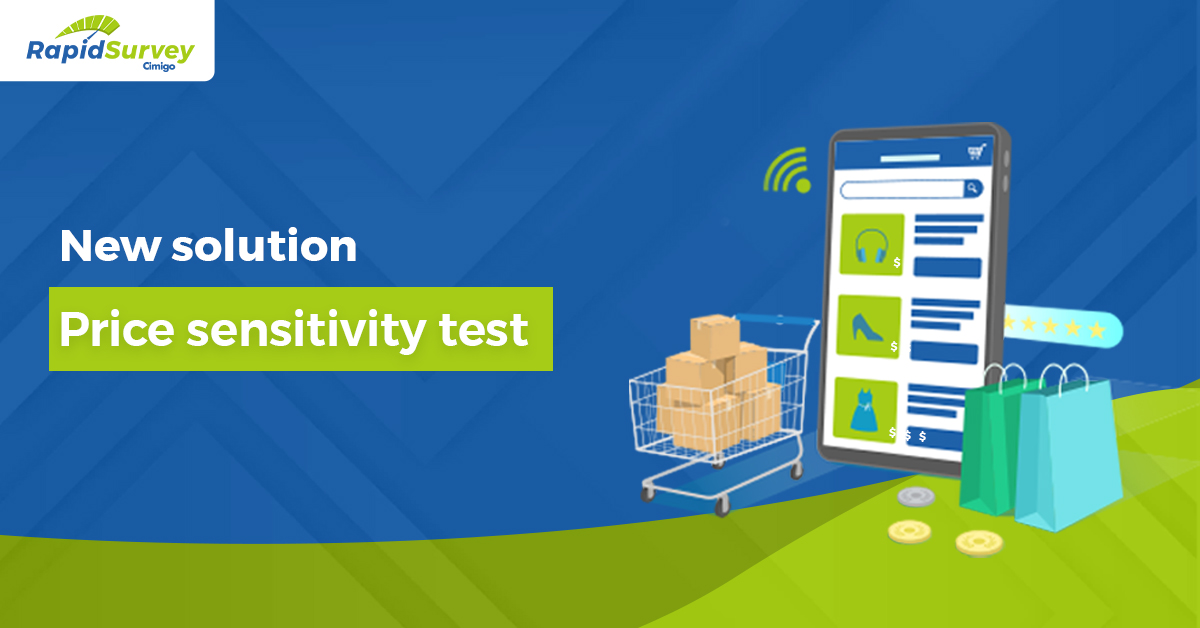
Unlocking pricing insights with a price sensitivity meter
Oct 12, 2023
Pricing is a critical element in any business strategy. Set it too high, and you risk alienating

Ad video choice solution
Dec 06, 2022
Ad video choice solution shows how your advertising performs on a set of standard metrics. Your
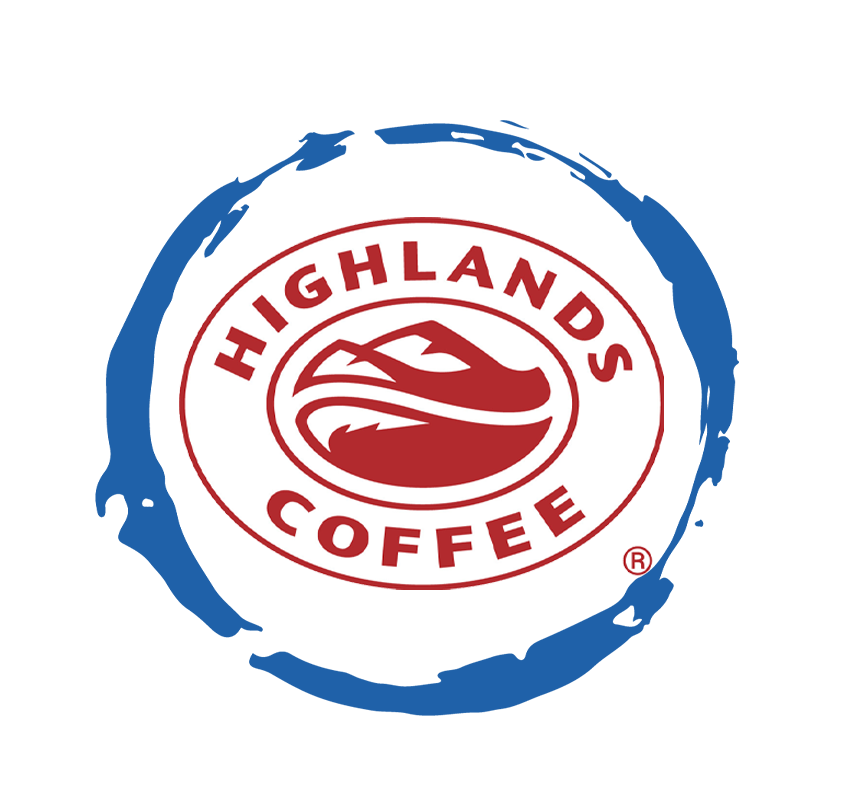
Hy Vu - Head of Research Department
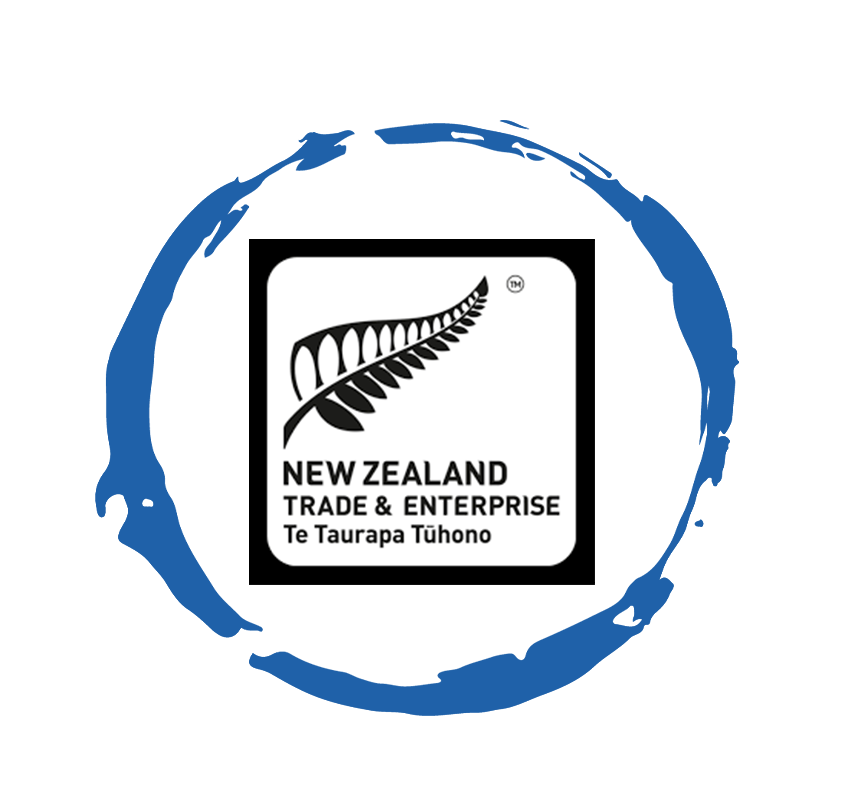
Joe Nelson - New Zealand Consulate General
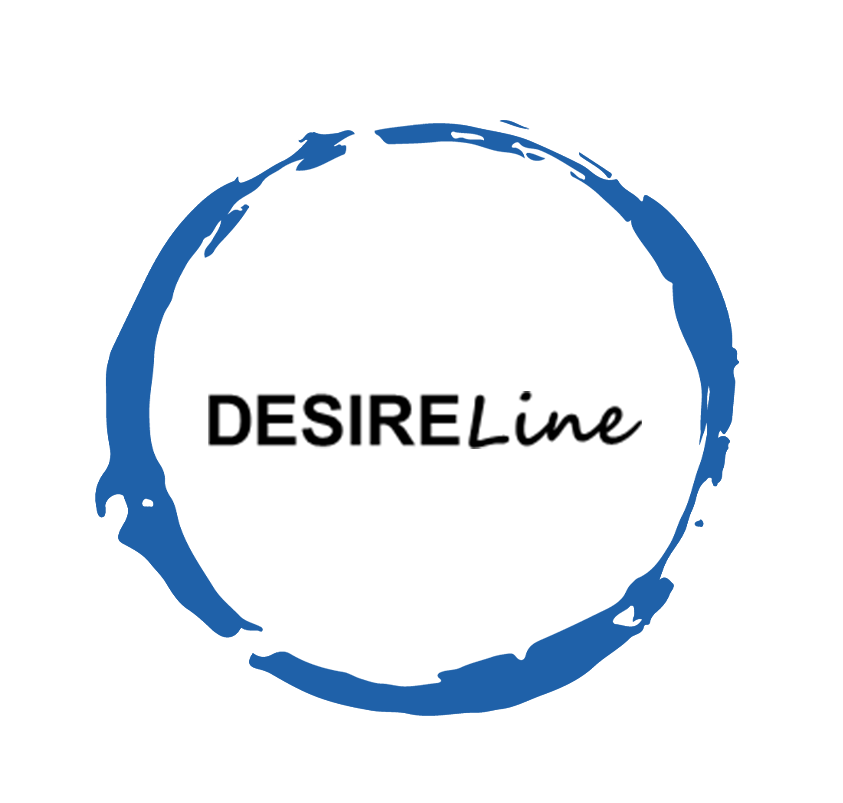
Steve Kretschmer - Executive Director
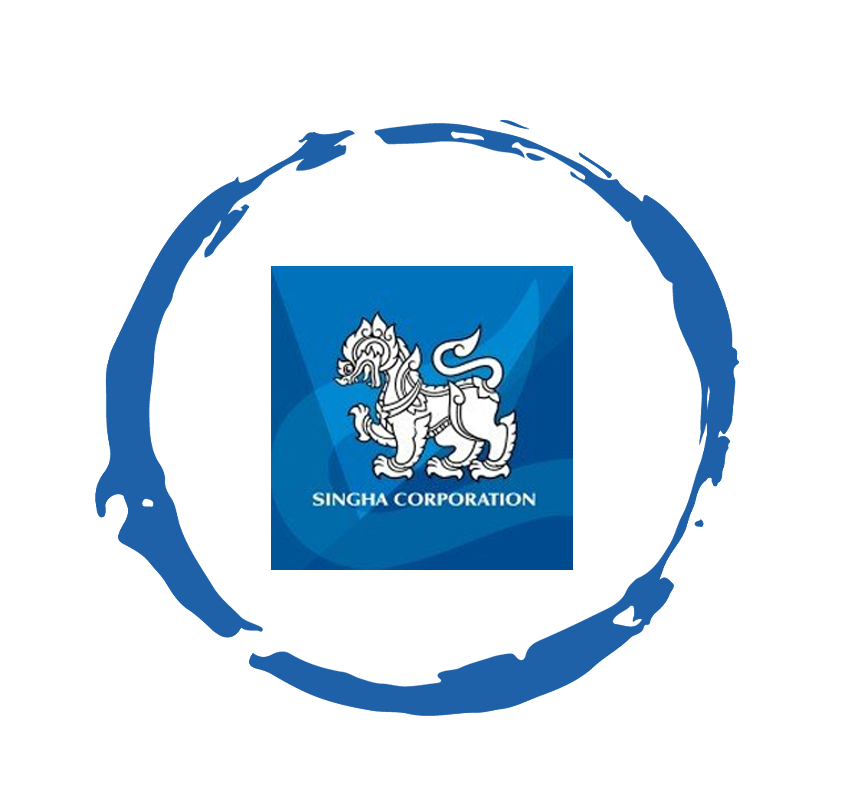
York Spencer - Global Marketing Director
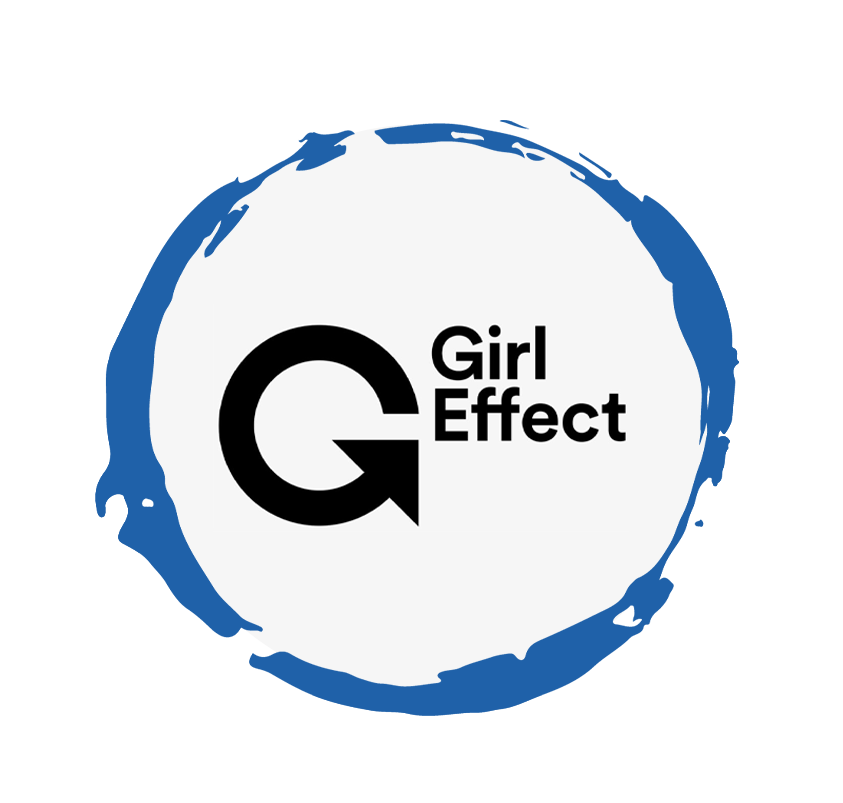
Laura Baines - Programmes Snr Manager

Mai Trang - Brand Manager of Romano

Hanh Dang - Product Marketing Manager
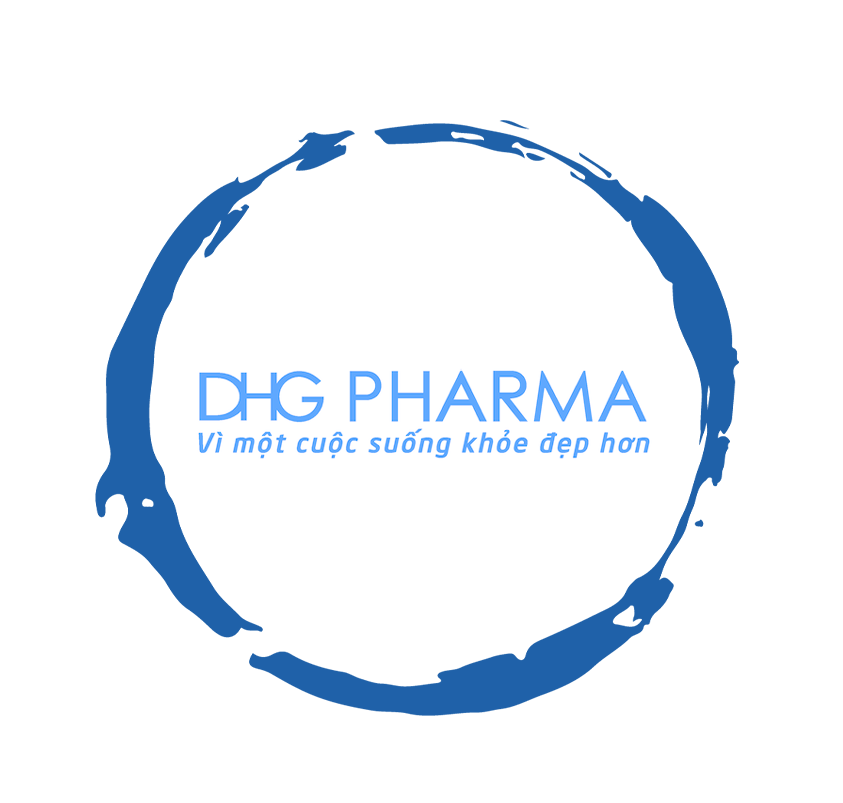
Luan Nguyen - Market Research Team Leader
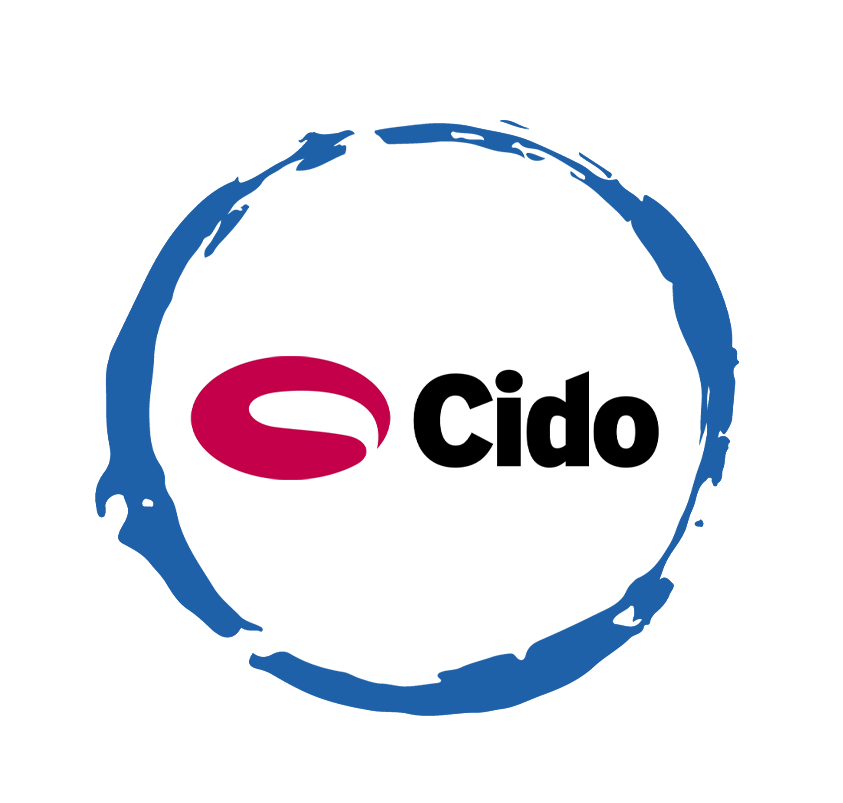
Max Lee - Project Manager
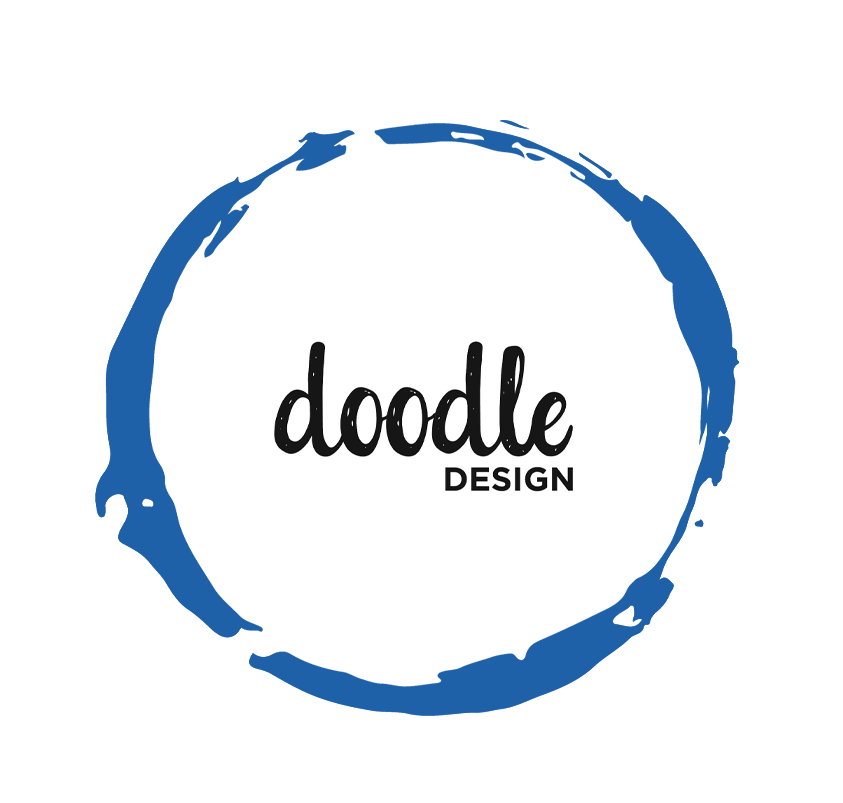
Chris Elkin - Founder

Ronald Reagan - Deputy Group Head After Sales & CS Operation
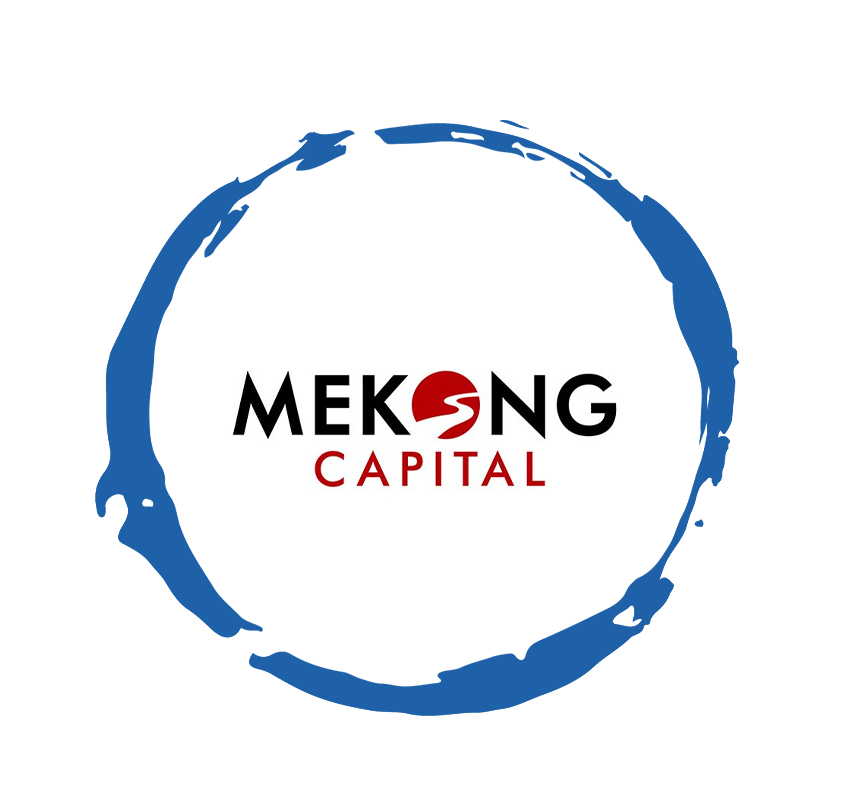
Chad Ovel - Partner

Private English Language Schools - Chief Executive Officer
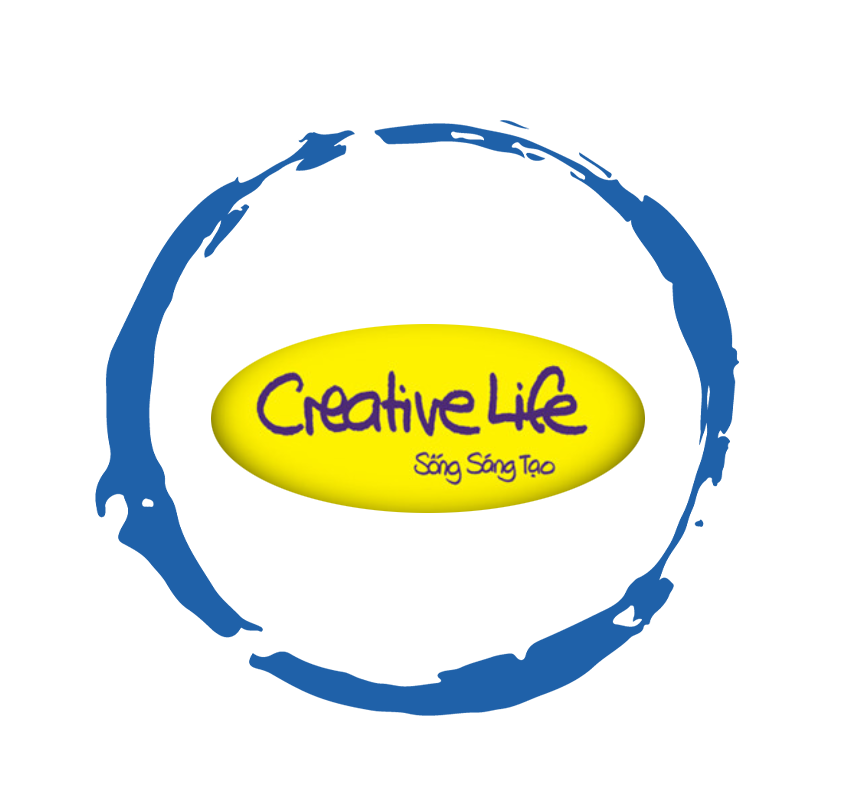
Rick Reid - Creative Director

Janine Katzberg - Projects Director

Anya Nipper - Project Coordination Director

Dr. Jean-Marcel Guillon - Chief Executive Officer
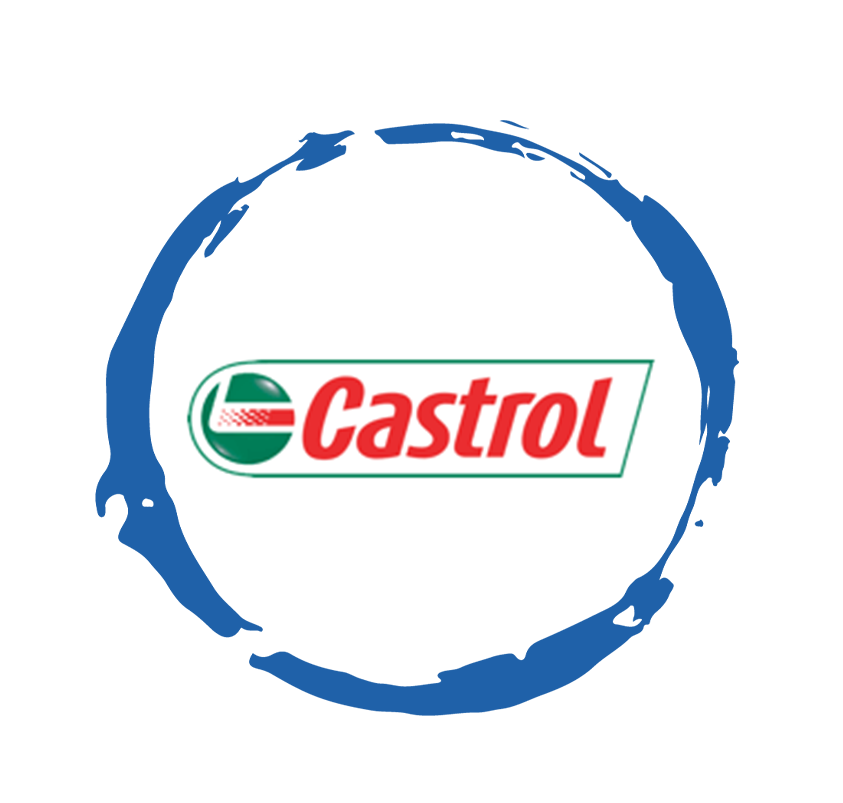
Joyce - Pricing Manager
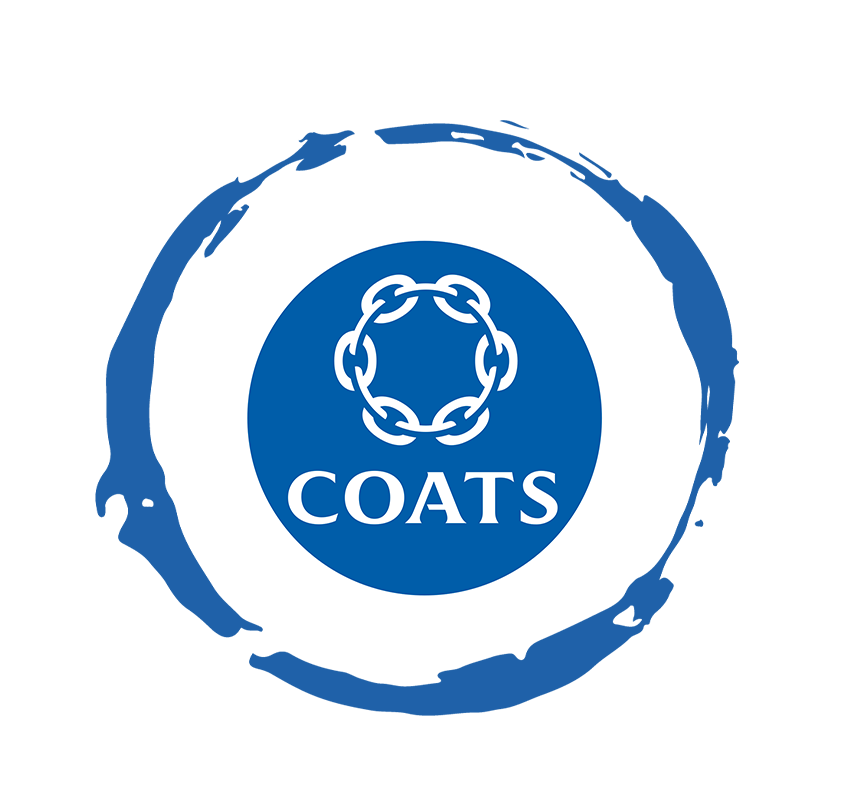
Matt Thwaites - Commercial Director
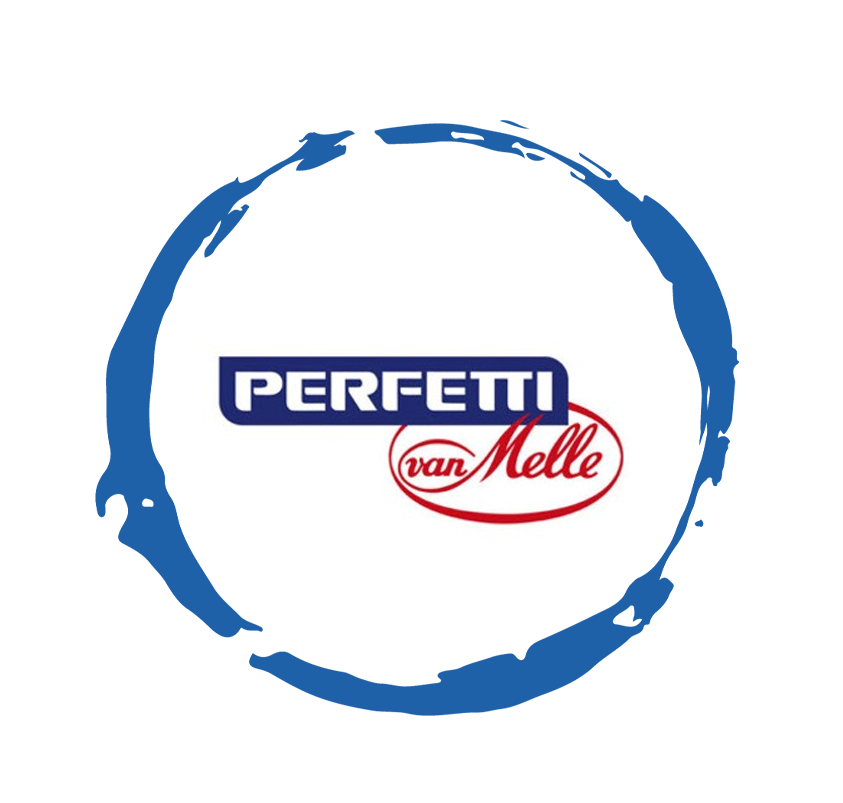
Aashish Kapoor - Head of Marketing

Kelly Vo - Founder & Host
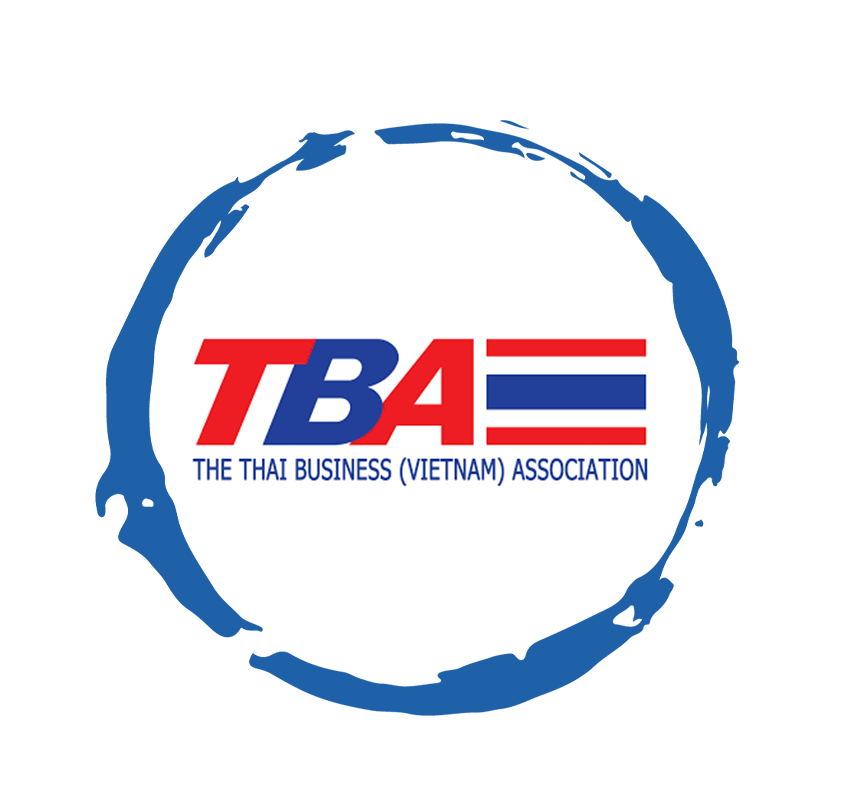
Thanyachat Auttanukune - Board of Management
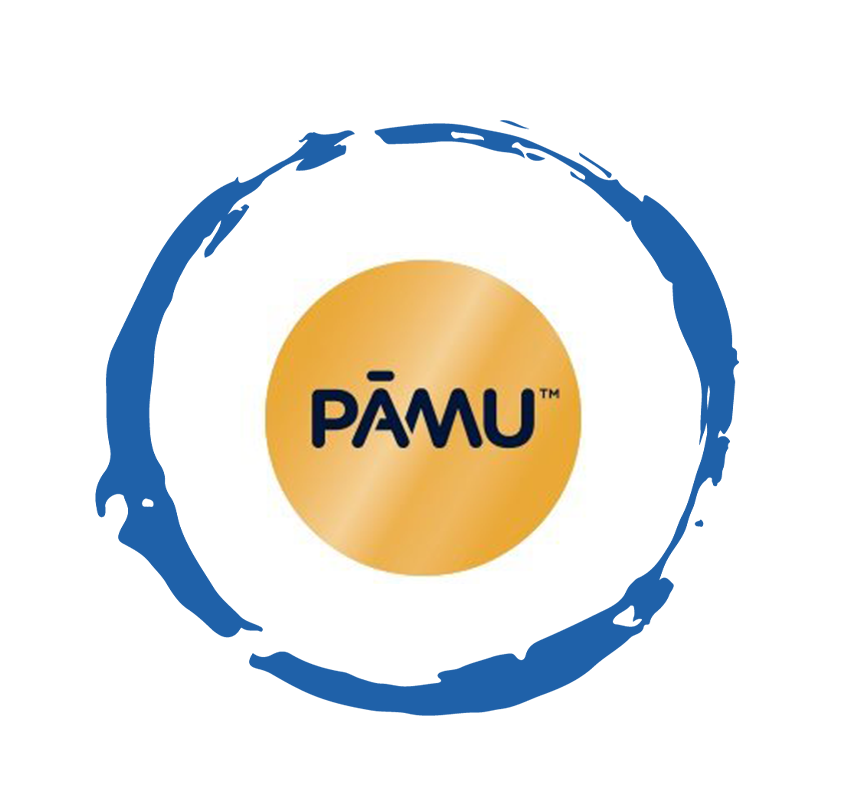
Hamish Glendinning - Business Lead

Thuy Le - Consumer Insight Manager

Richard Willis - Director

Ha Dinh - Project Lead

Geert Heestermans - Marketing Director

Louise Knox - Consumer Technical Insights

Aimee Shear - Senior Research Executive
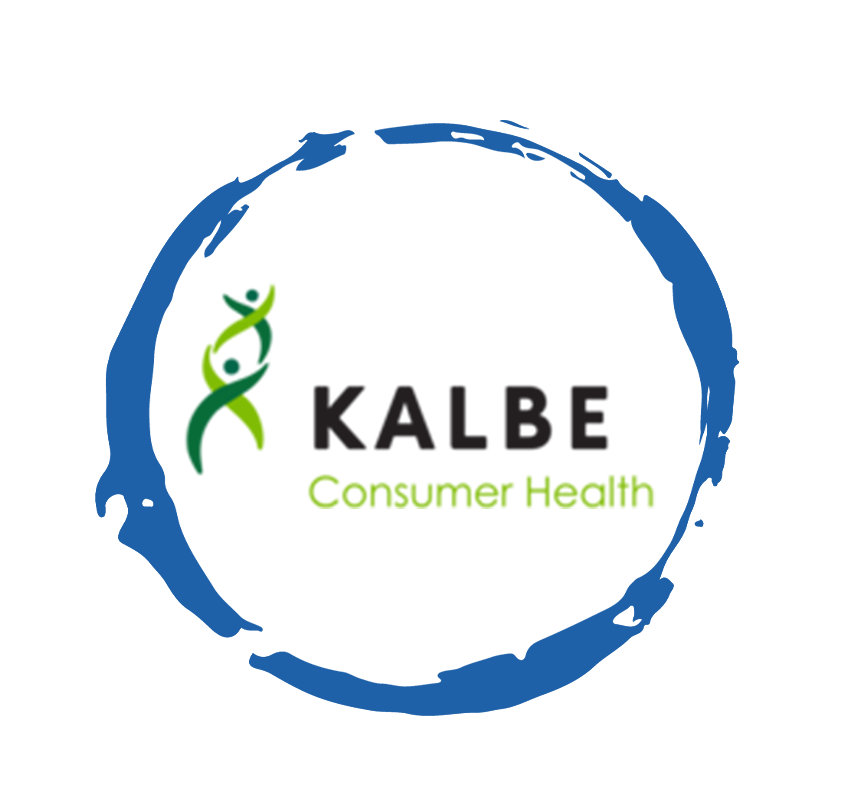
Dennis Kurnia - Head of Consumer Insights

Tania Desela - Senior Product Manager
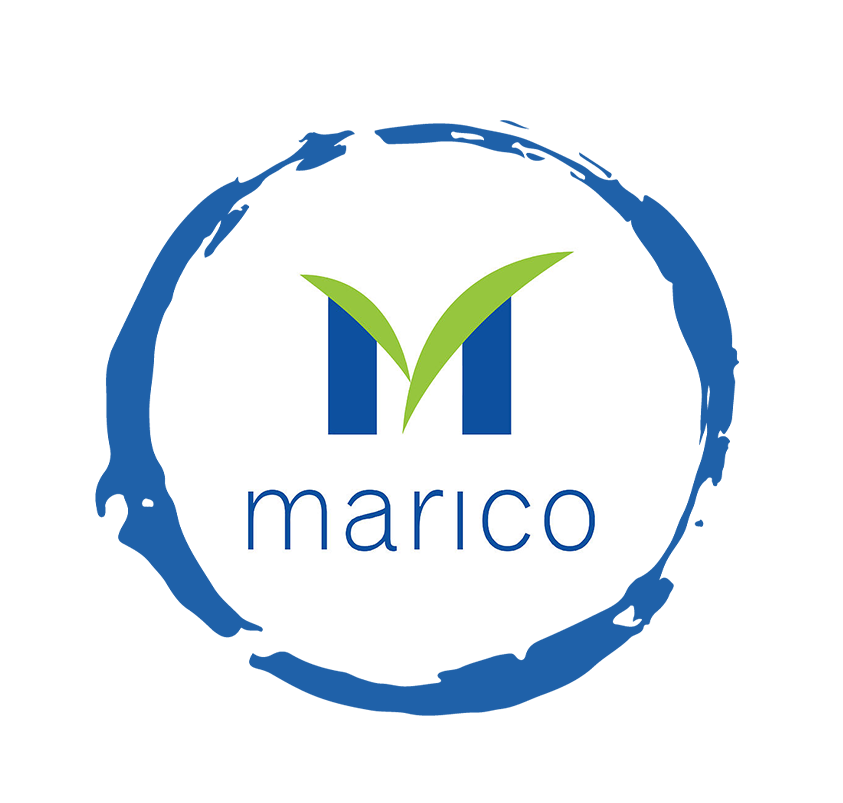
Thu Phung - CTI Manager
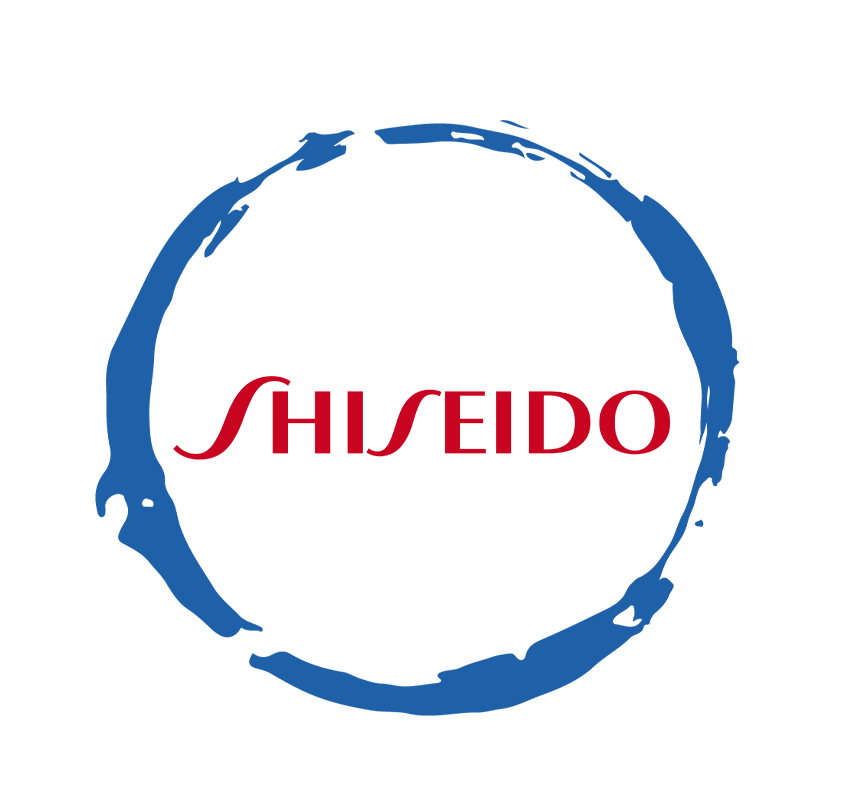
Linda Yeoh - CMI Manager

Cimigo’s market research team in Vietnam and Indonesia love to help you make better choices.

Cimigo provides market research solutions in Vietnam and Indonesia that will help you make better choices.

Cimigo provides a range of consumer marketing trends and market research on market sectors and consumer segments in Vietnam and Indonesia.

Cimigo provides a range of free market research reports on market sectors and consumer segments in Vietnam and Indonesia.
Xin cảm ơn. Một email kèm với đường dẫn tải báo cáo đã được gửi đến bạn.
Vui lòng điền thông tin vào biểu mẫu bên dưới để tải về báo cáo miễn phí.
Báo cáo sẽ được gửi vào email bạn điền ở bên dưới.
Please enter the information for free download.
The report will be sent to your email.
